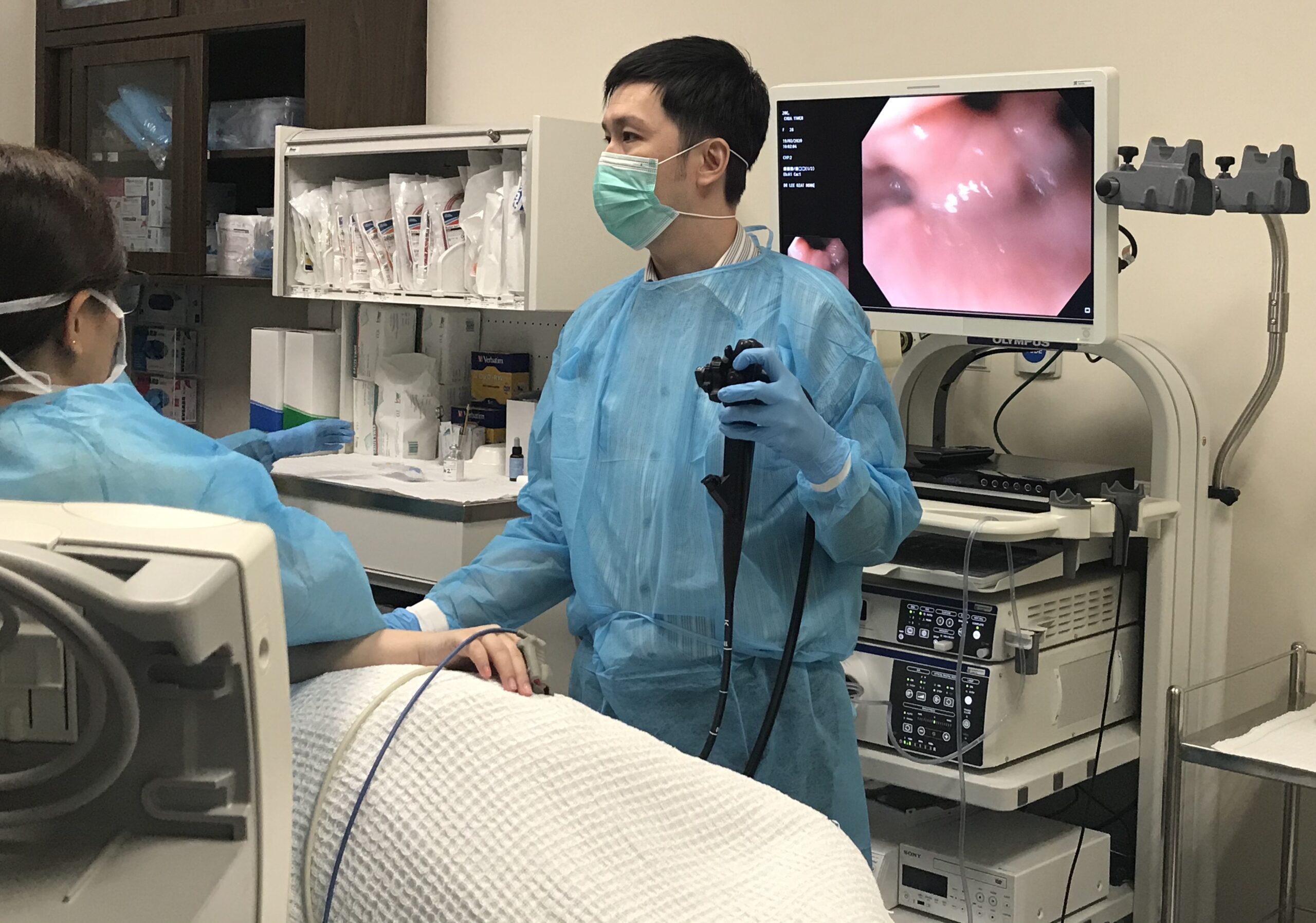Gastroenterology
Endoscopy is a medical procedure that involves examining the inside of the body using an endoscope, which is a long, flexible tube with a light and camera attached to it. This allows doctors to view and diagnose conditions affecting various organs and structures within the body.
During an endoscopy, the endoscope is inserted through the body to capture images of the internal organs, such as the oesophagus, stomach, small intestine, colon, or other areas depending on the specific type of endoscopy. The images are exhibited on a monitor, letting the doctor to examine the tissues and structures in real-time.
It is generally a safe procedure, although there are some risks and complications, such as bleeding, or infection. The specific risks depend on the type of endoscopy and the individual’s health status. Our hospital has specialists in endoscopy in Sonipat. we have hundreds of happy patients who have done their endoscopies here.

Our Speciality
Different types of endoscopy include:
Upper gastrointestinal endoscopy : diagnose the esophagus, stomach, and the upper part of the small intestine.
Colonoscopy: Examines the rectum and the large intestine (colon).
Sigmoidoscopy: Focus on the lower part of the colon .
Endoscopic retrograde cholangiopancreatography (ERCP): Evaluates the bile ducts and the pancreatic duct.
Bronchoscopy: Examines the airways and lungs.
Cystoscopy: Inspects the bladder and urethra.
Hysteroscopy: Examines the uterus and cervix.
Arthroscopy: Inspects and treats joint conditions.
Endoscopy serves several purposes, including:
Diagnostic purposes: Endoscopic procedures can help doctors investigate and diagnose various medical conditions. For example, an upper gastrointestinal endoscopy (esophagogastroduodenoscopy or EGD)
allows visualization of the esophagus, stomach, and the first part of the small intestine, aiding in the diagnosis of conditions like ulcers, inflammation, tumors, or bleeding.
Biopsy: During an endoscopy, doctors can collect tissue samples (biopsy) for further examination. This is helpful in identifying the presence of abnormal cells, tumors, or infections.
Surveillance and Monitoring: Endoscopy is often used for routine surveillance and monitoring of certain conditions. For example, a colonoscopy is performed to screen for colorectal cancer and to remove precancerous polyps.
colonoscopy is basically a endoscopic process through which doctors are able to examine the large intestine ehich is called colon. It is commonly used for screening, diagnosing, and treating conditions related to the large intestine.
Colonoscopy is generally considered a safe procedure, but it does carry some risks. These risks include bleeding, infection, perforation (a tear or hole in the colon), and adverse reactions to anesthesia or sedation. However, serious complications are rare .
During a colonoscopy, the patient is typically given a sedative to help them relax, and the colonoscope is inserted through the anus and guided through the rectum and into the colon. The colonoscope has a light and a camera at its tip, which allows the doctor to view the inner lining of the colon on a monitor.
The primary purposes of a colonoscopy include:
Screening for colorectal cancer: Colonoscopy is a recommended screening test for colorectal cancer in individuals over the age of 50, or earlier for those with increased risk factors. It allows the doctor to detect and remove precancerous polyps or identify early-stage cancer.
Diagnosis of gastrointestinal conditions: Colonoscopy is used to investigate various gastrointestinal conditions, such as chronic diarrhea, rectal bleeding, abdominal pain, or changes in bowel habits. It helps the doctor visualize the colon and identify the cause of the symptoms.
Removal of polyps: During a colonoscopy, if polyps (small growths on the inner lining of the colon) are detected, they can be removed using specialized instruments. Removing polyps is important because some types of polyps may eventually develop into cancer.
Treatment of other conditions: Colonoscopy can be used to treat certain conditions. For example, if a bleeding site is identified, the doctor can use techniques to stop the bleeding. Additionally, it can be used to dilate strictures (narrowed areas) in the colon or remove small tumors.
Surveillance for high-risk individuals: People with a history of certain conditions, such as inflammatory bowel disease (IBD) or a family history of colorectal cancer, may require regular colonoscopies for surveillance to detect any abnormalities at an early stage.
